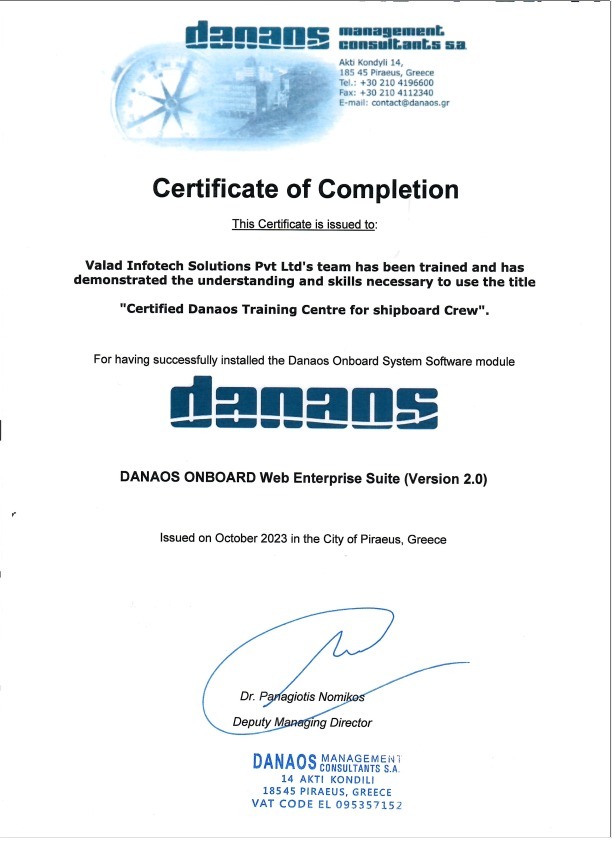Our customers might be being served by completely different instances of our app, so we have to cope with this communication between the different situations of our app. We can then use the vital thing to search for the user’s authorization when they make a request. This of course doesn’t cease us sending the person a replica of their authorizations periodically for constructing our apps UI [for example], but we now have made our authorisation system rather more scalable. You can clear your cache solely when the info changes (for example on the replace of the DB entity you’ll remove the cache key). Meaning for millions of customers only the primary one that does not have cache would request the DB and server processing while all the others have prompt response from the backend. You can save no less than one DB call per authenticated request to your backend.
Redis is quick 🚀 As an in-memory (data is stored in RAM) database, Redis is tremendous fast and performant, which after all makes the appliance itself faster. Overall, Lua scripting is a strong and flexible tool that can be used inside Redis to put in writing and execute complex operations on knowledge stored within the database. One of the primary advantages of Lua scripting in Redis is that it permits builders to write down complicated operations that can be executed atomically and in a single step. This signifies that the scripts can manipulate data in Redis with out interference from other operations, making certain knowledge consistency and integrity. Overall, Redis persistence is a valuable function that allows knowledge to be saved to disk and restored within the occasion of a crash or shutdown, making certain knowledge sturdiness and availability.
Redis has Built-in support for non-blocking, asynchronous, primary/replica replication, so as to ensure high-level information availability. You can start reading these blog matters Redis High Availability Architecture with Sentinel or Hash Slot vs. Consistent Hashing in Redis which additionally covers a quick overview of Redis Cluster. Based on the use case, one can persist the same either by dumping a dataset to the disk once in a while or by attaching every of the commands to a log. Persistence could be simply disabled if one needs a networked, feature-rich, in-memory cache.

Redis’ fast knowledge retrieval capability is perfect for real-time analytics. Store and course of streaming information to realize insights and make knowledgeable selections on the fly. So sharding principally implies that you’re taking your complete knowledge set and divide it into smaller chunks or subsets of knowledge, the place each shard is responsible for its own subset of data. For that we use the concept of sharding, which is a general concept in databases and which Redis also supports. Right now we’re utilizing key and worth because the prefix for keys and values. But in reality whenever you write such code it’s easy to lose monitor of what’s a key and what’s a price in such an extended command.
Redis Information Varieties
For instance, Redis can be used to store details about particular person conversations, such as the members and the most recent messages. It can be used to retailer information about particular person customers, such as their profile details and their record of contacts. Finally, Redis can be utilized to retailer the precise messages themselves, along with metadata such as the sender, recipient, and timestamp. Each data structure in Redis has its own unique set of operations that can be carried out on it, such as GET, SET, and DELETE for strings, HGET, HSET, and HDEL for hashes, and LPUSH, LPOP, and LRANGE for lists. These operations allow developers to efficiently retailer, retrieve, and manipulate data in Redis.
- Here, the secret’s “key”, the value is “value”, and the time to reside (TTL) is 10.
- Session store is a mechanism for storing consumer session data in a web utility.
- This permits Redis to support high-performance chat rooms, real-time comment streams, social media feeds and server intercommunication.
- Redis instead comes with its personal set of instructions for managing and accessing data. [newline]Redis is a really helpful data service for tying microservices together and following the 12 issue app rules.
- You can use these two commands to increment or decrement a key which is a number.
These capabilities make Redis a robust software for building chat and messaging purposes which might be fast, scalable, and reliable. Redis makes use of persistent disk storage (link resides outside ibm.com) designed to outlive course of outages and community bottlenecks. Redis can persist datasets by taking regular snapshots of knowledge and appending them with changes as they become available.
Project 1 – Build An Api Caching System With Redis
An in-memory database, Redis can additionally be recognized for its speed and has discovered extensive use as a cache and message dealer, as well as a database. Interacting with Redis can be carried out using various programming languages by way of its extensive APIs. Key-value pairs, lists, sets, and hashes are among the many data buildings you have to use to store your knowledge efficiently.
Redis also helps languages including C, C++, C#, Java, JavaScript, Node.js, Python, PHP, Ruby, R and tons of others. Just a quantity of lines to be integrated and actions to retailer, entry, and use knowledge with existing redis development purposes is pretty easy and simple. Redis is an open-source key-value knowledge store recognized for its flexibility, efficiency, and broad language support.
Another type of persistence is append-only file (AOF) persistence, which includes saving every write operation to a log file on disk. This approach provides better sturdiness than snapshotting, as it permits the Redis server to recreate the dataset by replaying the log file in the event of a crash. However, it can be slower and more resource-intensive than snapshotting. Redis persistence may be configured in a quantity of ways, depending on the wants of the application.
Redis as a substitute comes with its own set of instructions for managing and accessing information. [newline]Redis is a very useful data service for tying microservices collectively and following the 12 issue app rules. For workloads focusing on rapidly changing ephemeral data units the place privilege management is not a concern (i.e. apps that you simply trust enough or much less delicate data) Redis is a robust https://www.globalcloudteam.com/ choice. Redis has principally taken over from memcached as the defacto cache for contemporary internet applications. Its binary friendliness along with handy options make it best for caching every kind of issues. There have to be some nuances, some issues redis is optimised for, and some caveats we should bear in mind when contemplating Redis in our functions.
Setnx
Redis runs as a single threaded course of, even on a multiple core system supporting multi threading. This is not a performance nightmare, however a security measure against inconsistent read/writes in a multi threaded environment. Traditional databases hold part of the database (usually the “scorching” or often-accessed indices) in reminiscence for quicker access, and the remainder of the database on disk. Redis use instances implies which kind of state of affairs you possibly can apply, implement, and integrate Redis to your environment and enterprise functions. When talking of use circumstances of utilizing Redis, probably the most generic use case that involves many is for caching data and for session retailer (i.e. net session). Redis has lots of use cases that can be applied and helpful for any conditions especially that involves velocity and scalability clever, it’s simple to manage either scaling up or cutting down.

This command has a selection of use circumstances, together with not accidentally overwriting the value of a key which could already be present. Redis is comparatively easy to study as there are solely a handful of commands you may have to know. In the next couple sections, we’ll cowl a couple of primary Redis ideas and a few helpful common instructions.
Redis
Imagine our app offers with users who are authorized to take completely different actions inside our app. Each time we authenticated [or implicitly renew authorization] a user, we wish to derive their authorization for controlling entry in your app. Redis helps asynchronous replication, with fast non-blocking synchronization and auto-reconnection with partial resynchronization on net break up. You can set up it locally or set up a remote server utilizing Redis Cloud, Elestio, or any cloud provider. Protect your purposes from abuse and overuse by implementing a price limiter with Redis. This helps control the speed of incoming requests, preventing system overload.

In the documentation/guide, every command is mapped to the respective information sorts it could function on. We might be experimenting with just some of these instructions in the next part. Redis helps completely different kinds of abstract data structures, similar to strings, lists, maps, units, sorted sets, HyperLogLogs, bitmaps, streams, and spatial indices. In the context of Redis, Lua scripting allows builders to write down and execute scripts that manipulate information saved in a Redis database. Redis provides a built-in scripting engine that helps Lua, which allows builders to put in writing scripts that can be executed throughout the Redis server.
Session Retailer
Memcached is commonly the preferred selection for simple applications requiring fewer memory sources, but it’s restricted when storing knowledge in its serialized type. Redis’ use of data buildings supplies much more energy when working with large datasets and extra capacity to fine-tune cache contents and keep greater efficiency in specific utility scenarios. Redis may be very versatile in terms of how we model information primarily based on specific use circumstances. As talked about earlier, it permits us to map keys to strings and different available supported knowledge types. The different supported information types/models embody lists, units, hashes, sorted units, streams, and so on.
For instance, the string information sort in Redis is a sequence of bytes that can be used to retailer and manipulate text or binary knowledge. The hash information kind, on the opposite hand, is a mapping of field-value pairs that can be utilized to retailer and manipulate advanced information buildings. In-memory databases are commonly utilized in functions that require quick access to massive quantities of information, similar to real-time analytics, online gaming, e-commerce, and social media. They are additionally used in applications that require excessive efficiency and scalability, as in-memory databases can handle excessive volumes of information and transactions with out sacrificing performance. Basically, Redis provides a primary-replica architecture in a single node primary or a clustered topology.

















